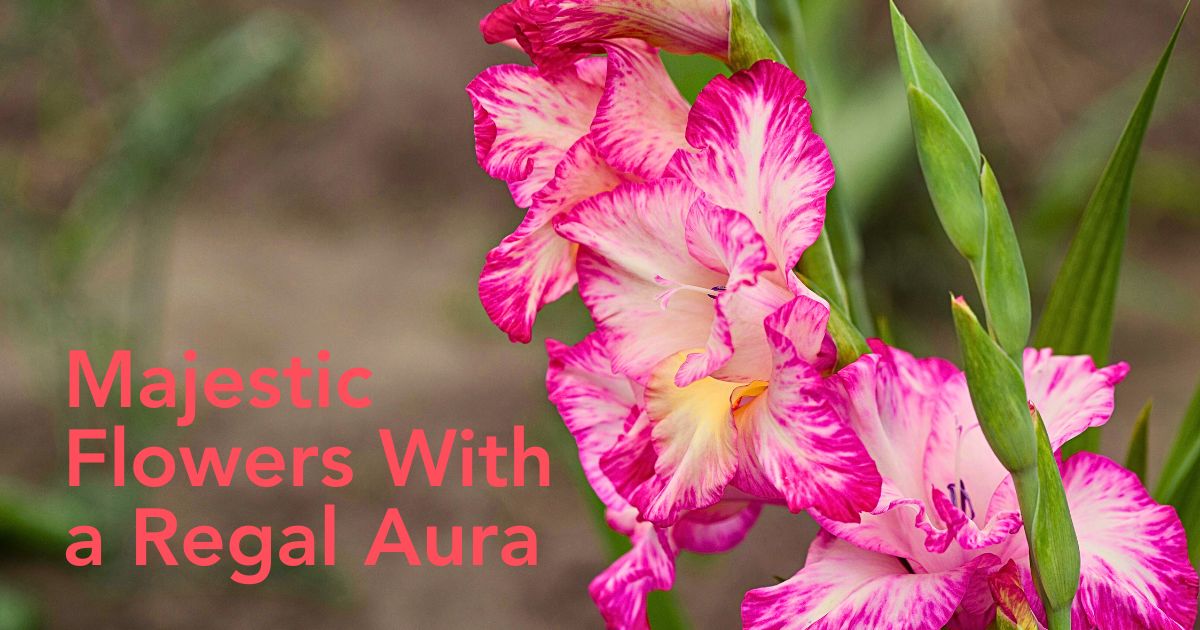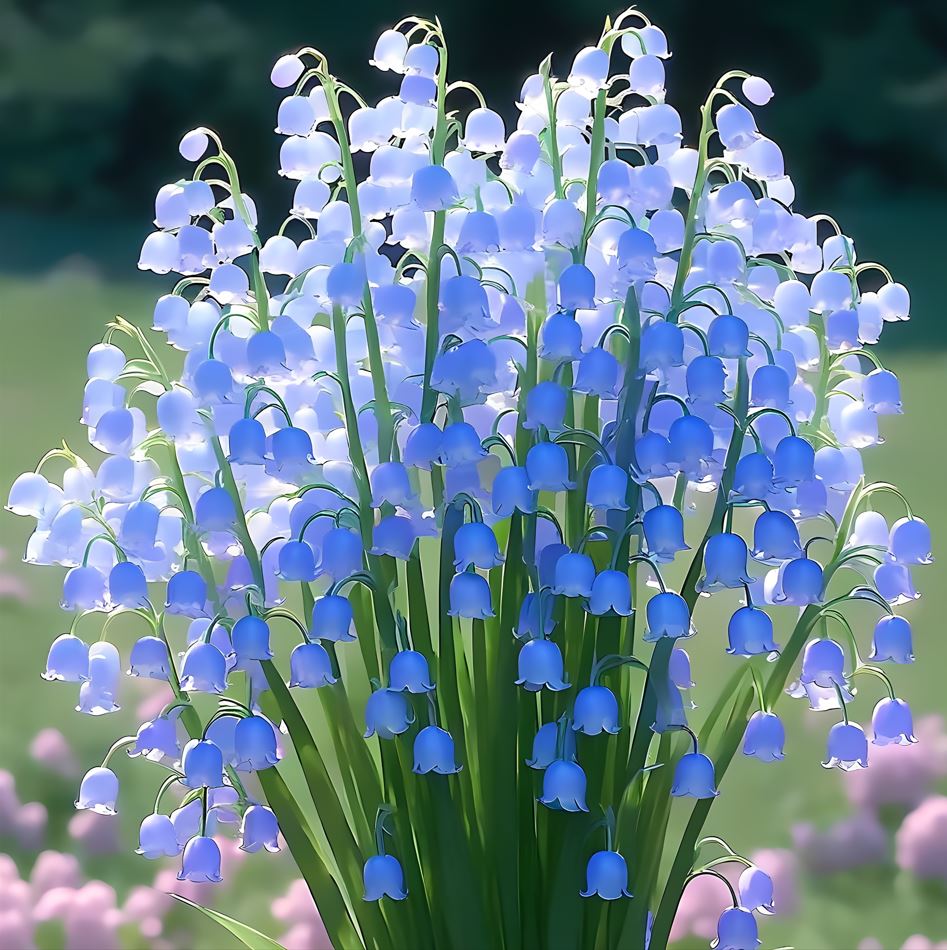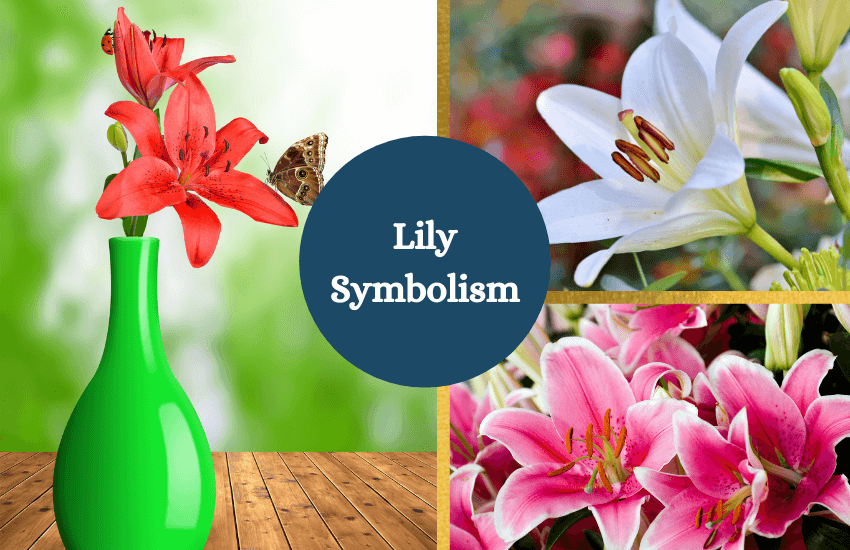The Enigmatic Lily: A Flower of Beauty, Symbolism, and Enduring Appeal

The lily, with its elegant, trumpet-shaped blooms and intoxicating fragrance, has captivated humanity for millennia. More than just a pretty face, the lily is a complex and multifaceted flower, steeped in history, laden with symbolism, and possessing a surprising diversity. From the humble wildflower to the meticulously cultivated hybrid, the lily continues to grace gardens, adorn celebrations, and inspire artists and poets worldwide.
A Tapestry of History and Mythology:
The lily’s story is woven into the fabric of human civilization. Evidence suggests that lilies existed as far back as the Cretan period, around 1500 BC. Depictions of lilies adorn ancient frescoes and pottery, indicating their significance in Minoan culture. In ancient Greece, the lily was associated with Hera, the queen of the gods. Legend has it that the lily sprang from drops of her breast milk that fell to earth while she nursed Hercules. Consequently, the lily became a symbol of purity, motherhood, and rebirth.
The Romans adopted the lily, associating it with Juno, their equivalent of Hera. They also used lilies medicinally, believing in their healing properties for various ailments. During the Middle Ages, the lily took on a profound religious significance in Christianity. The white lily, specifically the Madonna Lily (Lilium candidum), became a symbol of the Virgin Mary’s purity, innocence, and virtue. Paintings of the Annunciation often depict the Archangel Gabriel presenting Mary with a white lily, signifying her divine calling.
Beyond the Western world, lilies have also held significant cultural importance. In ancient China, the lily was a symbol of summer and abundance. It was believed to bring good luck and was often used in wedding ceremonies. In Japan, the lily, particularly the Lilium longiflorum (Easter Lily), is associated with funerals and remembrance.
A Botanical Wonderland: Diversity and Classification:
The genus Lilium encompasses a vast array of species, each with its unique characteristics. Botanists generally classify lilies into nine divisions based on their flower form, growth habits, and geographic origin. These divisions include:
- Asiatic Hybrids: Known for their vibrant colors, upward-facing flowers, and lack of fragrance. They are relatively easy to grow and are popular choices for gardens.
- Martagon Hybrids: Characterized by their Turk’s cap flowers, which have reflexed petals. They are often taller and more elegant than Asiatic hybrids.
- Candidum Hybrids: Derived from the Madonna Lily (Lilium candidum), these lilies are prized for their pure white flowers and sweet fragrance.
- American Hybrids: A diverse group of lilies native to North America, including the Tiger Lily (Lilium lancifolium) and the Leopard Lily (Lilium pardalinum).
- Longiflorum Hybrids: These lilies, often called Easter Lilies, are known for their long, trumpet-shaped white flowers and are frequently forced into bloom for the Easter holiday.
- Trumpet and Aurelian Hybrids: These lilies are characterized by their large, fragrant, trumpet-shaped flowers. They are often tall and stately, making them impressive additions to the garden.
- Oriental Hybrids: Renowned for their large, intensely fragrant flowers, Oriental lilies are among the most popular and widely cultivated lilies. They come in a range of colors, including white, pink, red, and yellow.
- Interdivisional Hybrids (OT, LO, LA, OA): These are crosses between different divisions, resulting in lilies with unique combinations of traits. OT hybrids, also known as Orienpets, are crosses between Oriental and Trumpet lilies, combining the fragrance of Orientals with the hardiness of Trumpets.
- Species Lilies: This division includes all the naturally occurring species of lilies, each with its unique characteristics and habitat.


Cultivating Beauty: Growing Lilies in Your Garden:
Growing lilies can be a rewarding experience, adding beauty and fragrance to your garden. While different varieties have specific needs, some general guidelines apply:

- Sunlight: Most lilies thrive in full sun, requiring at least six hours of direct sunlight per day. However, some varieties, such as Martagon lilies, prefer partial shade.
- Soil: Lilies prefer well-drained soil that is rich in organic matter. Avoid heavy clay soils, which can retain too much moisture and lead to bulb rot.
- Planting: Plant lily bulbs in the fall or early spring. The depth of planting depends on the size of the bulb, but generally, they should be planted at a depth of two to three times their height.
- Watering: Water lilies regularly, especially during dry periods. Avoid overwatering, which can lead to bulb rot.
- Fertilizing: Fertilize lilies in the spring with a balanced fertilizer. Avoid over-fertilizing, which can burn the bulbs.
- Pest and Disease Control: Lilies can be susceptible to pests such as aphids, lily beetles, and slugs. They can also be affected by diseases such as botrytis and bulb rot. Monitor your plants regularly and take appropriate action to control pests and diseases.
- Deadheading: Remove spent flowers to encourage the plant to put its energy into bulb development.
Beyond the Garden: Uses and Applications:
Beyond their ornamental value, lilies have a range of other uses and applications.
- Cut Flowers: Lilies are a popular choice for cut flowers, prized for their beauty, fragrance, and long vase life.
- Medicinal Uses: In traditional medicine, lilies have been used to treat a variety of ailments, including burns, wounds, and skin conditions.
- Culinary Uses: The bulbs of some lily species are edible and have been used as a food source in some cultures.
- Perfumery: The fragrance of lilies is highly prized in the perfume industry.
The Enduring Appeal of the Lily:
The lily’s enduring appeal lies in its multifaceted nature. It is a flower of exquisite beauty, steeped in history and symbolism, and possessing a remarkable diversity. Whether gracing a garden, adorning a bouquet, or inspiring a work of art, the lily continues to captivate and enchant, reminding us of the power and beauty of the natural world. Its story is a testament to the enduring connection between humanity and the floral kingdom, a connection that continues to blossom with each passing season.
FAQ about Lilies:
Q: Are all lilies fragrant?
A: No, not all lilies are fragrant. Asiatic lilies, for example, are generally known for their vibrant colors but lack a strong fragrance. Oriental lilies, on the other hand, are famous for their intense and captivating scent.
Q: Are lilies poisonous to pets?
A: Yes, lilies are highly toxic to cats, and even small amounts can cause kidney failure and death. Some lilies are also toxic to dogs, although the effects are usually less severe. It’s essential to keep lilies out of reach of pets.
Q: When is the best time to plant lily bulbs?
A: Lily bulbs can be planted in the fall or early spring. Fall planting allows the bulbs to establish roots before winter, leading to earlier blooms in the spring. Spring planting is also successful, but the plants may bloom later in the season.
Q: How deep should I plant lily bulbs?
A: The depth of planting depends on the size of the bulb. Generally, plant lily bulbs at a depth of two to three times their height.
Q: How often should I water lilies?
A: Water lilies regularly, especially during dry periods. Avoid overwatering, which can lead to bulb rot. The soil should be moist but not soggy.
Q: How do I prevent lily beetles from damaging my plants?
A: Lily beetles are a common pest of lilies. Handpicking the beetles and larvae is an effective method of control. You can also use insecticides specifically designed for lily beetles, but be sure to follow the instructions carefully.
Q: What is deadheading and why is it important?
A: Deadheading is the process of removing spent flowers from a plant. It is important because it encourages the plant to put its energy into bulb development rather than seed production. This results in stronger bulbs and more abundant blooms in the following year.
Q: What are OT hybrids (Orienpets)?
A: OT hybrids, also known as Orienpets, are crosses between Oriental and Trumpet lilies. They combine the fragrance of Orientals with the hardiness and trumpet shape of Trumpet lilies.
Q: Can I grow lilies in pots?
A: Yes, lilies can be grown in pots. Choose a pot that is large enough to accommodate the bulb and its roots. Use a well-draining potting mix and ensure that the pot has drainage holes.
Q: How do I store lily bulbs over the winter?
A: If you live in an area with harsh winters, you can dig up lily bulbs and store them over the winter. Clean the bulbs, allow them to dry slightly, and store them in a cool, dry place in peat moss or vermiculite.
Conclusion:
The lily, a symbol of purity, love, and remembrance, continues to reign supreme in the world of flowers. Its diverse forms, captivating fragrances, and rich history have cemented its place as a beloved bloom across cultures and continents. From the ancient myths to modern gardens, the lily’s allure endures, offering a touch of elegance and grace to any setting. Whether you are a seasoned gardener or simply appreciate the beauty of nature, the lily is a flower worth exploring, cultivating, and cherishing for generations to come. Its enduring appeal lies not only in its physical beauty but also in the profound symbolism and rich history it carries, making it a truly remarkable and unforgettable flower.
